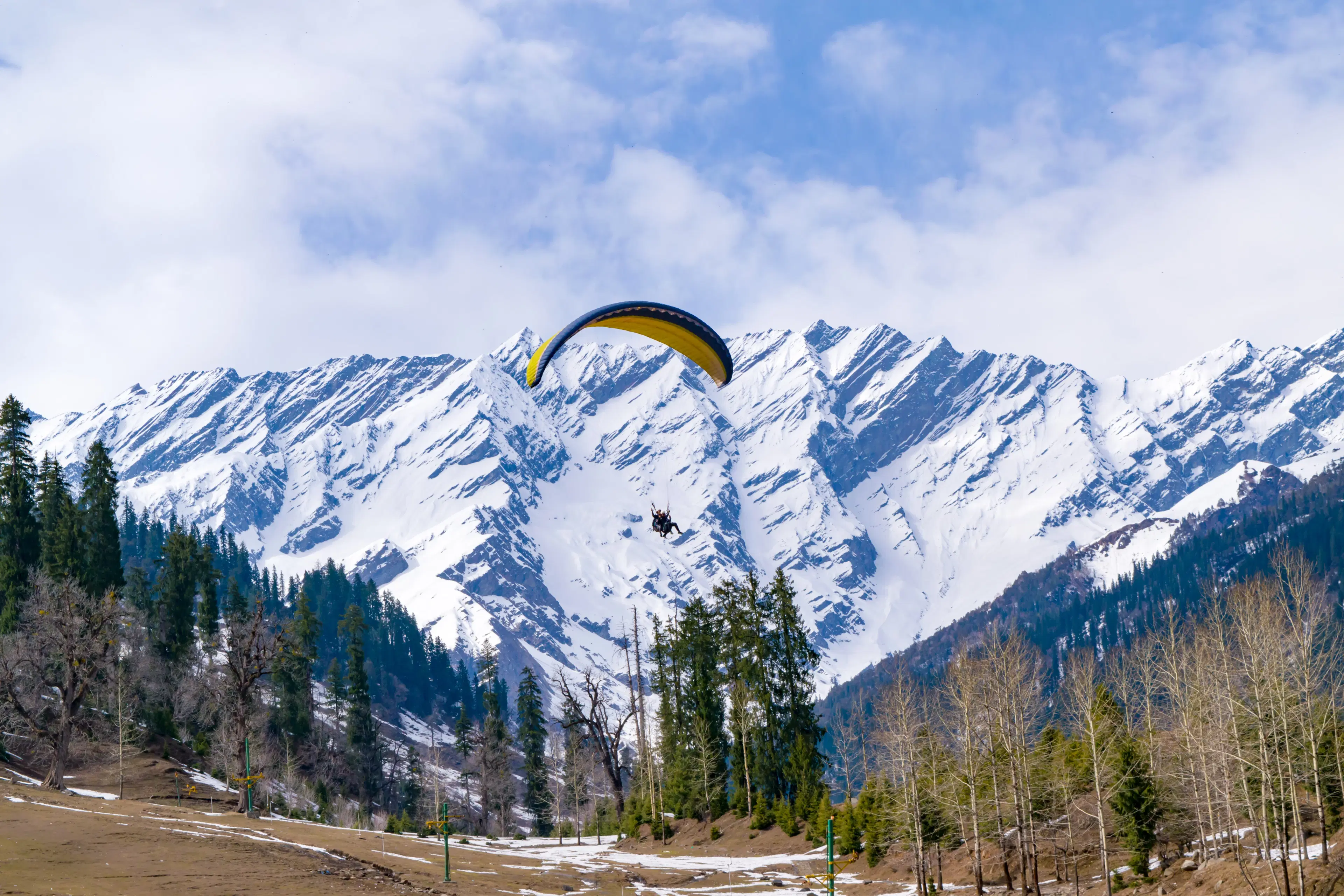
Hotels
•03 min read

Mount Kilimanjaro is Africa's tallest peak and a dream come true for many adventurers. This FAQ guide covers everything you need to know to plan your mount kilimanjaro trek. It will answer questions on routes, hiking tips, trek preparation, essential gear, and much more. You will leave with a clear idea of how to best prepare for this memorable journey.
The mountain offers a variety of routes, each with its own charm. The Machame Route, often called the Whiskey Route, is known for its scenic beauty and moderate difficulty. The Marangu Route, sometimes referred to as the Coca-Cola Route, has the benefit of hut accommodations. There is the Lemosho Route which is perfect for acclimatization and tends to be less crowded. The Rongai Route approaches from the north and provides a unique perspective of the mountain. For those who like a challenge, the Umbwe Route is the shortest but steepest option. Lastly, the Northern Circuit offers the longest trek with excellent opportunities for acclimatization.
When choosing a route, think about the level of difficulty, trek duration, budget, and the kind of scenery you prefer. Beginners might feel more comfortable with the Marangu or Rongai routes. Experienced trekkers may enjoy the challenge of Umbwe or Machame. Regardless of your choice, each route promises a rewarding journey across Africa's majestic landscapes.
Preparing your body is as important as the trek itself. Start training with cardio exercises and strength workouts. Small daily hikes can build endurance. Mental preparation is also key. Visualize overcoming challenges and enjoy the experience of learning your limits.
The climb takes you through distinct altitude zones. It is crucial to listen to your body. If you feel dizzy or short of breath, rest and let your body adapt. Adding extra days for acclimatization in your itinerary makes a big difference.
Pro Tip: Acclimatization is Key to Success
Did you know that spending extra time at mid-altitudes significantly increases your chances of reaching Uhuru Peak? Prioritize routes with built-in acclimatization days for a safer and more enjoyable climb.

The mountain's weather can change quickly. Dress in layers. Wear a base layer to keep moisture away, a mid-layer for warmth, and an outer layer to protect against wind and rain. Ensure your gear is waterproof and windproof.
A trusted pair of trekking boots is a must. Invest in quality socks to protect against blisters. Other helpful items include trekking poles, headlamps, gloves, and gaiters. These accessories go a long way in making your trek safer and more comfortable.
Your packing list should include a durable sleeping bag, a hydration system, and any personal medications you might need. Consider a portable charger to keep your devices powered. Healthy snacks can maintain your energy when you need it most. Every item in your bag will help you face the mountain's challenges.
The best time to trek Mount Kilimanjaro is during the dry seasons. January through March and June through October offer clear skies and pleasant trekking conditions. The rainy seasons in April, May, and November have fewer crowds, but the weather may be unpredictable.
Be prepared for varied climates. Near the base, it is warm but can get much colder as you climb. Sudden temperature drops can happen close to the summit. Pack extra layers and be ready for a mix of weather conditions. This will help you enjoy every moment of your mount kilimanjaro trek.
Guided tours offer expert advice on safety and navigation. Their experience assists with managing altitude and overcoming challenges. With the support of local guides, porters, and cooks, you can focus more on the beauty of the journey. These tours are a smart choice for a stress-free Africa mountain trekking adventure.

The summit, Uhuru Peak, is a sight to behold. The thrill of reaching the top is unforgettable. Expect a mix of emotions as you stand high above the clouds. The climb will leave you both physically tired and emotionally elated. It is a powerful reminder of how far you can go with the right preparation and determination.
The trek is challenging without being technical. With proper training and determination, many beginners succeed.
The trek usually lasts between 5 to 9 days, depending on the route you choose.
Yes, beginners can make the climb with the right preparation, acclimatization, and by selecting a suitable route.
Kilimanjaro is not as technical or long as Everest. However, the altitude can challenge anyone, making preparation key.
The cost generally ranges from $1,500 to $4,000. This depends on the chosen route, guided package, and additional services like permits and gear rentals.
Mount Kilimanjaro offers a unique trekking experience full of adventure and breathtaking scenery. With clear explanations of kilimanjaro trekking routes, practical mount kilimanjaro hiking tips, and essential advice on trek preparation and gear, this guide equips you to take on the mountain with confidence. The detailed breakdown of routes, weather tips, and insights into the summit experience will inspire anyone planning an Africa mountain trekking adventure. By focusing on both physical readiness and the emotional journey, you are well on your way to creating unforgettable memories on the mountain.